Home>Gardening & Outdoor>Landscaping Ideas>How Long To Let New Grass Grow Before Mowing
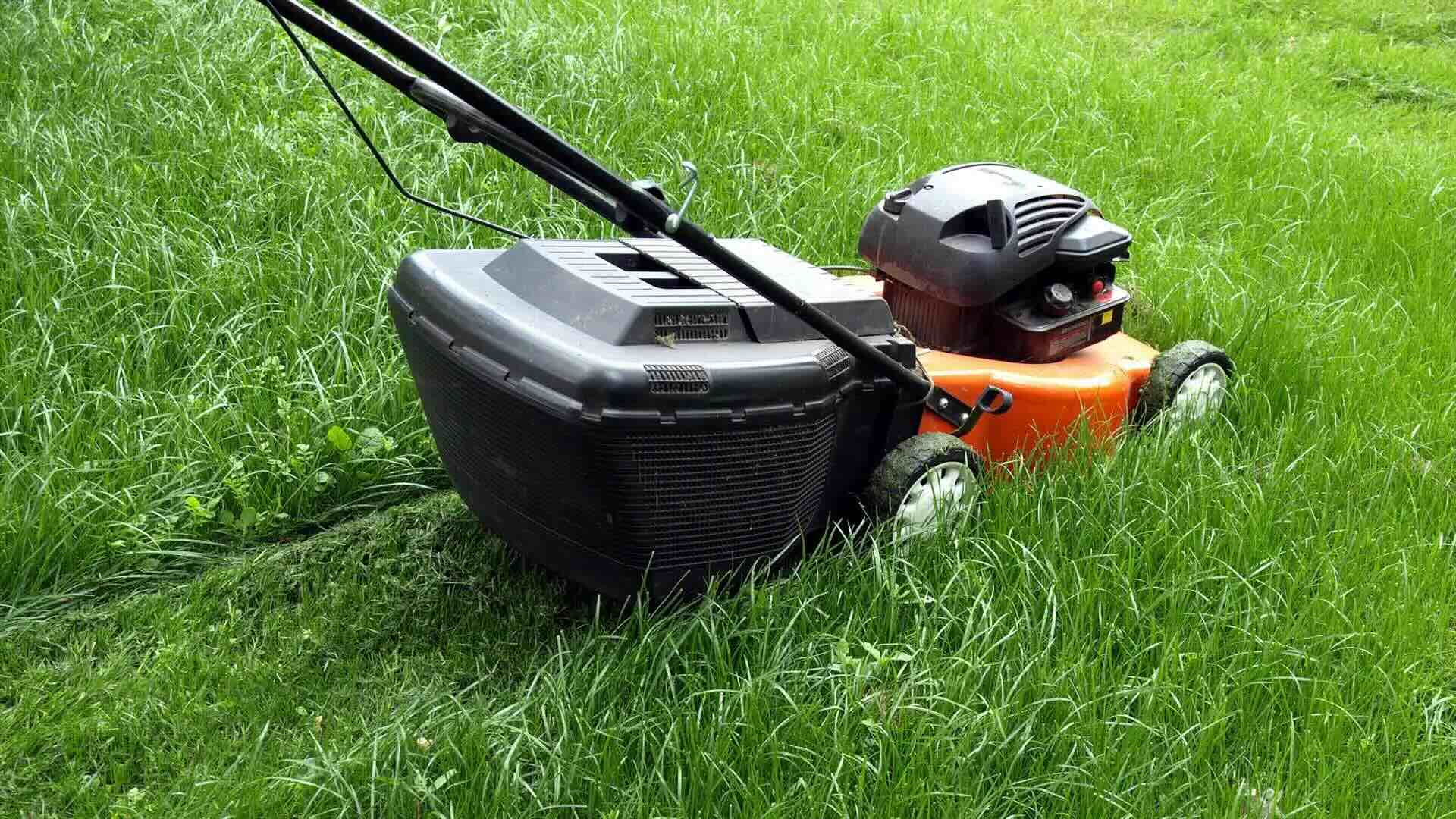

Landscaping Ideas
How Long To Let New Grass Grow Before Mowing
Modified: February 18, 2024
Discover the best landscaping ideas for new grass growth and learn how long to wait before mowing your lawn. Ensure a healthy and vibrant lawn with our expert tips.
(Many of the links in this article redirect to a specific reviewed product. Your purchase of these products through affiliate links helps to generate commission for Storables.com, at no extra cost. Learn more)
Factors Affecting Grass Growth
Grass growth is influenced by a variety of factors, each playing a crucial role in determining the rate and health of the new grass. Understanding these factors is essential for maintaining a thriving lawn.
-
Grass Type: Different grass species have varying growth rates. For instance, cool-season grasses such as Kentucky bluegrass and fescue tend to grow more rapidly in cooler temperatures, while warm-season grasses like Bermuda and Zoysia thrive in warmer climates.
-
Weather Conditions: Weather exerts a significant impact on grass growth. Adequate sunlight, moderate temperatures, and consistent moisture levels are conducive to healthy grass growth. Conversely, extreme heat, drought, or excessive rainfall can impede growth and lead to stress on the grass.
-
Soil Quality: The condition of the soil directly affects the growth of new grass. Well-draining soil with the right balance of nutrients promotes healthy root development and overall grass growth. Compacted or nutrient-deficient soil can hinder the growth process.
-
Watering and Irrigation: Proper watering is essential for new grass to thrive. Inadequate watering can stunt growth, while overwatering may lead to shallow root systems and susceptibility to diseases.
-
Fertilization: The application of appropriate fertilizers at the right time can significantly impact grass growth. A balanced fertilizer provides essential nutrients, fostering robust and steady growth.
-
Mowing Practices: The frequency and height of mowing can influence grass growth. Regular mowing at the correct height encourages the grass to grow thicker and healthier.
Understanding these factors is crucial for nurturing healthy grass growth and maintaining a lush, vibrant lawn.
Key Takeaways:
- Letting new grass grow to 3-4 inches before mowing helps it develop strong roots, optimize photosynthesis, and grow into a lush and healthy lawn. Patience is key for a vibrant yard!
- Mowing new grass too soon can damage its delicate root system, hinder photosynthesis, and lead to an uneven appearance. Waiting for the right height ensures a resilient and visually appealing lawn.
Read more: How Long Before I Mow New Grass
Ideal Time to Mow New Grass
Mowing newly established grass at the right time is pivotal for its long-term health and appearance. While it may be tempting to trim the grass soon after it starts growing, patience is key to ensuring a robust and resilient lawn. The ideal time to mow new grass is when it reaches approximately 3 to 4 inches in height. This typically occurs around 2 to 3 weeks after germination, but the timing may vary based on factors such as grass type, weather conditions, and soil quality.
Allowing the grass to reach a height of 3 to 4 inches before mowing is crucial for several reasons. Firstly, it enables the grass to establish strong and healthy root systems. During the initial growth phase, the grass allocates a significant portion of its energy towards developing roots. Allowing the grass to grow to the recommended height ensures that the root system has ample time to establish itself, promoting better nutrient absorption and overall resilience.
Moreover, mowing the grass too early can impede its ability to photosynthesize effectively. Photosynthesis is vital for the grass to produce energy and grow vigorously. Allowing the grass to grow to the recommended height ensures that it has an adequate leaf surface area to capture sunlight and carry out photosynthesis efficiently.
Additionally, mowing new grass at the appropriate height contributes to the development of a dense and lush lawn. Regular mowing at the correct height encourages the grass to grow thicker and healthier, resulting in a more visually appealing and resilient lawn.
It's important to note that the ideal mowing height may vary depending on the type of grass. For instance, cool-season grasses such as Kentucky bluegrass and fescue are typically mowed at a height of 2.5 to 3.5 inches, while warm-season grasses like Bermuda and Zoysia are often maintained at a height of 1 to 2 inches. Understanding the specific mowing requirements for the type of grass in your lawn is essential for promoting optimal growth and health.
In essence, the ideal time to mow new grass is when it reaches a height of 3 to 4 inches, typically around 2 to 3 weeks after germination. This approach allows the grass to establish strong roots, optimize photosynthesis, and develop into a dense and healthy lawn. By adhering to these guidelines, you can set the stage for a vibrant and resilient lawn that enhances the beauty of your outdoor space.
It’s best to let new grass grow to about 3-4 inches before mowing for the first time. This allows the roots to establish and the grass to become stronger.
Tips for Mowing New Grass
When it comes to mowing new grass, employing the right techniques is essential for nurturing a healthy and vibrant lawn. Here are some valuable tips to ensure that the mowing process contributes to the overall well-being of the grass:
-
Use a Sharp Mower Blade: A sharp mower blade is crucial for achieving clean and precise cuts. Dull blades can tear the grass, leading to a ragged and uneven appearance, as well as making the grass more susceptible to diseases. Regularly sharpening or replacing the mower blade is a simple yet effective way to maintain the grass's health and aesthetics.
-
Adhere to the One-Third Rule: It's advisable to follow the one-third rule when mowing new grass. This rule stipulates that only one-third of the grass blade should be removed during each mowing session. By adhering to this guideline, the grass can maintain its vigor and resilience, as removing more than one-third of the blade can stress the grass and impede its growth.
-
Mow at the Recommended Height: Different grass species have specific mowing height requirements. It's essential to mow the grass at the recommended height for its particular type to promote optimal growth and health. For instance, cool-season grasses such as Kentucky bluegrass and fescue are typically mowed at a height of 2.5 to 3.5 inches, while warm-season grasses like Bermuda and Zoysia are often maintained at a height of 1 to 2 inches.
-
Avoid Mowing Wet Grass: Mowing wet grass can lead to an uneven cut and clumping of grass clippings, which can smother the grass and hinder its growth. Additionally, the weight of the mower on wet soil can cause compaction, potentially damaging the grass and soil structure. It's best to wait until the grass is dry before mowing to ensure a clean and effective cut.
-
Alternate Mowing Patterns: Varying the mowing direction and pattern with each session can prevent the grass from developing a grain and encourage more upright growth. This practice also helps distribute the wear and tear on the grass, resulting in a more uniform and aesthetically pleasing lawn.
-
Leave Grass Clippings on the Lawn: Grass clippings act as a natural fertilizer, returning essential nutrients to the soil as they decompose. Leaving the clippings on the lawn can help nourish the grass and reduce the need for additional fertilization, contributing to a healthier and more sustainable lawn.
By implementing these tips for mowing new grass, you can play a pivotal role in fostering the growth and vitality of your lawn. With the right approach to mowing, you can contribute to the development of a lush, resilient, and visually appealing grassy expanse that enhances the beauty of your outdoor space.
Risks of Mowing New Grass Too Soon
Mowing new grass too soon can pose significant risks to its overall health and long-term vitality. Rushing the mowing process before the grass has adequately established itself can have detrimental effects, undermining the efforts put into nurturing a lush and resilient lawn. Understanding the potential risks associated with premature mowing is crucial for making informed decisions and safeguarding the well-being of the grass.
One of the primary risks of mowing new grass too soon is the potential damage to the delicate root system. During the initial growth phase, the grass allocates a substantial amount of energy towards root development. Mowing the grass too early can disrupt this crucial process, leading to stunted root growth and a weakened foundation for the grass. As a result, the grass may struggle to absorb essential nutrients and moisture from the soil, making it more susceptible to stress, diseases, and environmental fluctuations.
Furthermore, premature mowing can impede the grass's ability to photosynthesize effectively. Photosynthesis is essential for the grass to produce energy and grow vigorously. When mowed too soon, the grass may not have developed sufficient leaf surface area to capture sunlight and carry out photosynthesis efficiently. This can hinder its growth and overall resilience, resulting in a sparse and lackluster lawn.
In addition, mowing new grass too early can lead to an uneven and ragged appearance. The grass may not have reached the optimal height for a clean and precise cut, resulting in torn and damaged blades. This not only compromises the visual appeal of the lawn but also makes the grass more susceptible to diseases and stress, as the torn edges provide entry points for pathogens and pests.
Moreover, premature mowing can contribute to the depletion of energy reserves in the grass. As the grass expends energy to recover from the stress of early mowing, it may have fewer resources available for essential growth processes. This can hinder the development of a dense and healthy lawn, impacting its long-term resilience and ability to withstand environmental challenges.
By recognizing the risks associated with mowing new grass too soon, homeowners and landscapers can make informed decisions that prioritize the health and vitality of the lawn. Patience and adherence to the recommended mowing timelines are essential for nurturing a thriving and visually appealing grassy expanse that enhances the outdoor landscape.
Frequently Asked Questions about How Long To Let New Grass Grow Before Mowing
Was this page helpful?
At Storables.com, we guarantee accurate and reliable information. Our content, validated by Expert Board Contributors, is crafted following stringent Editorial Policies. We're committed to providing you with well-researched, expert-backed insights for all your informational needs.
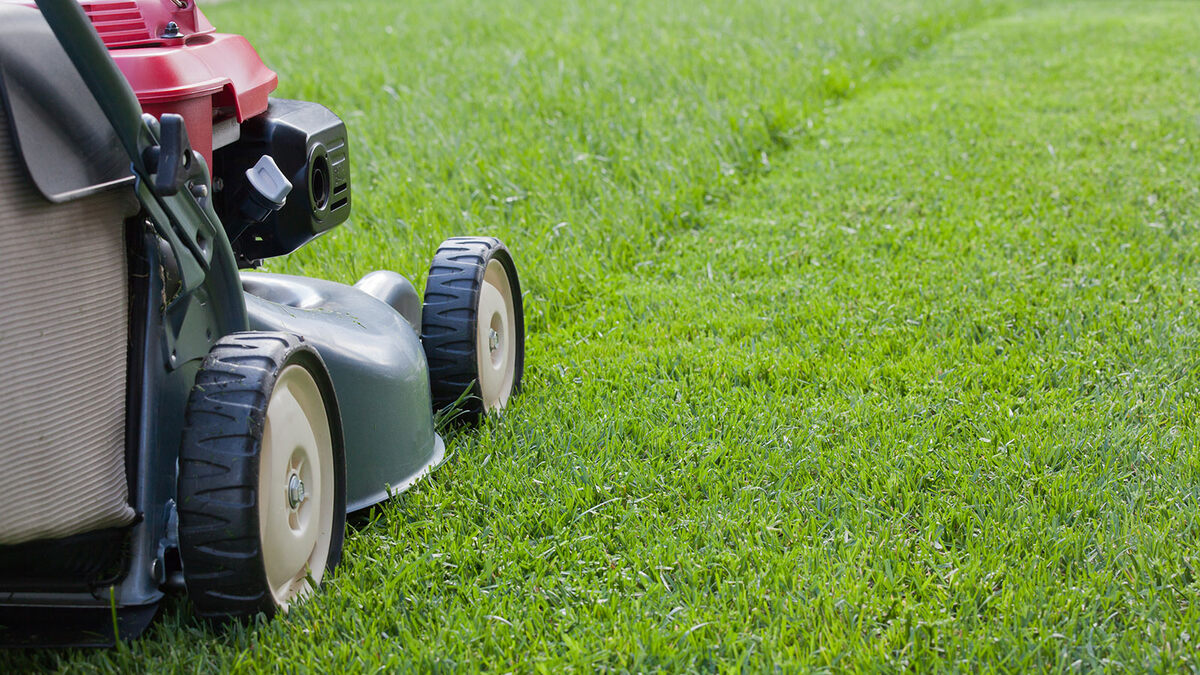
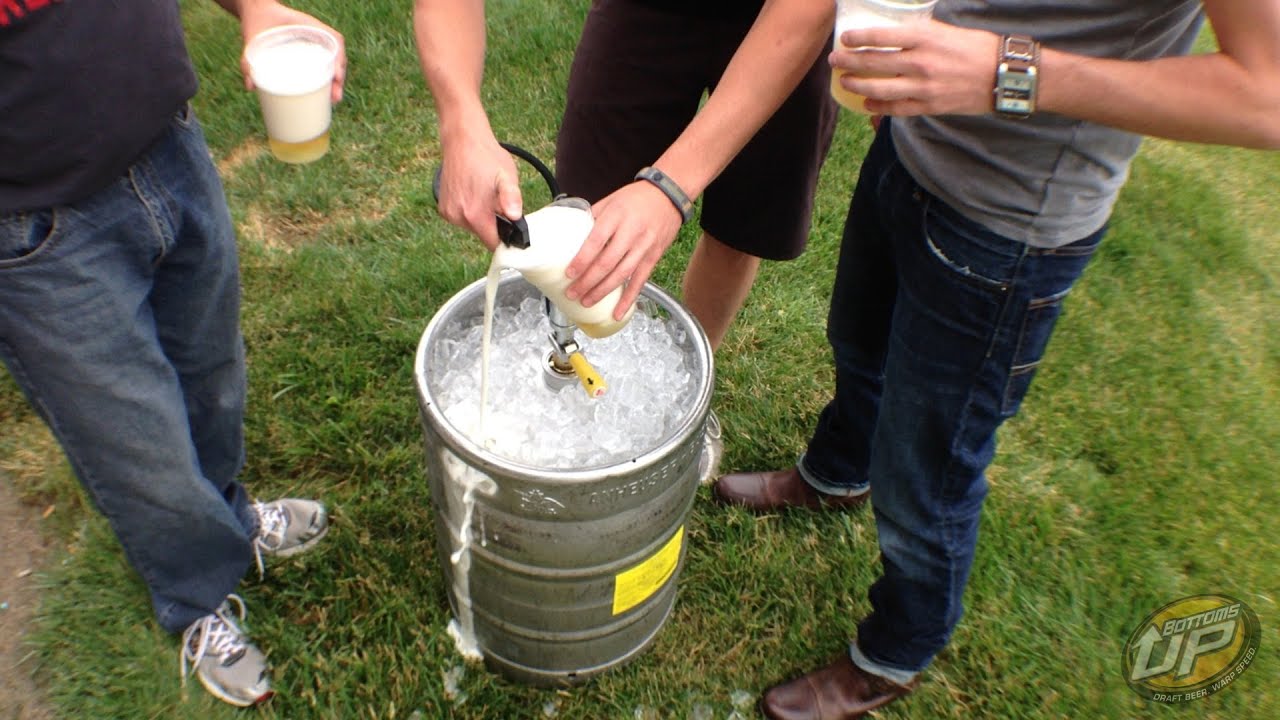
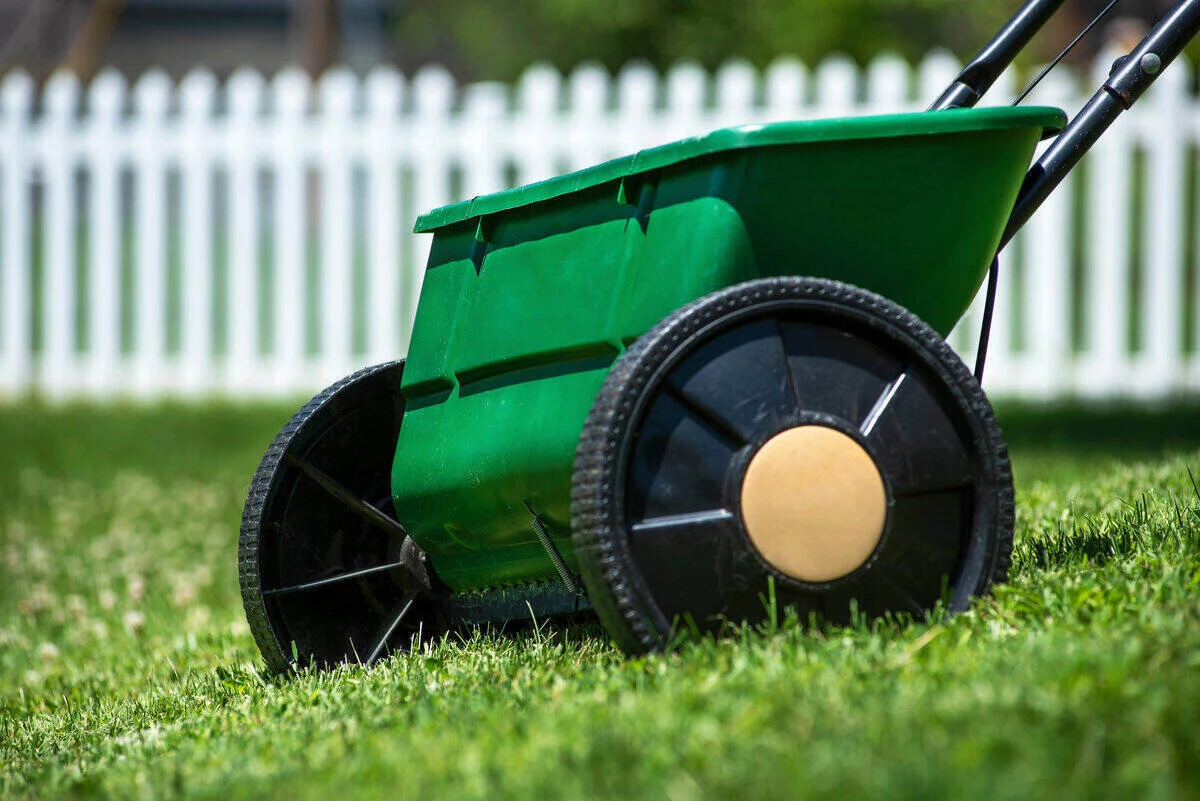
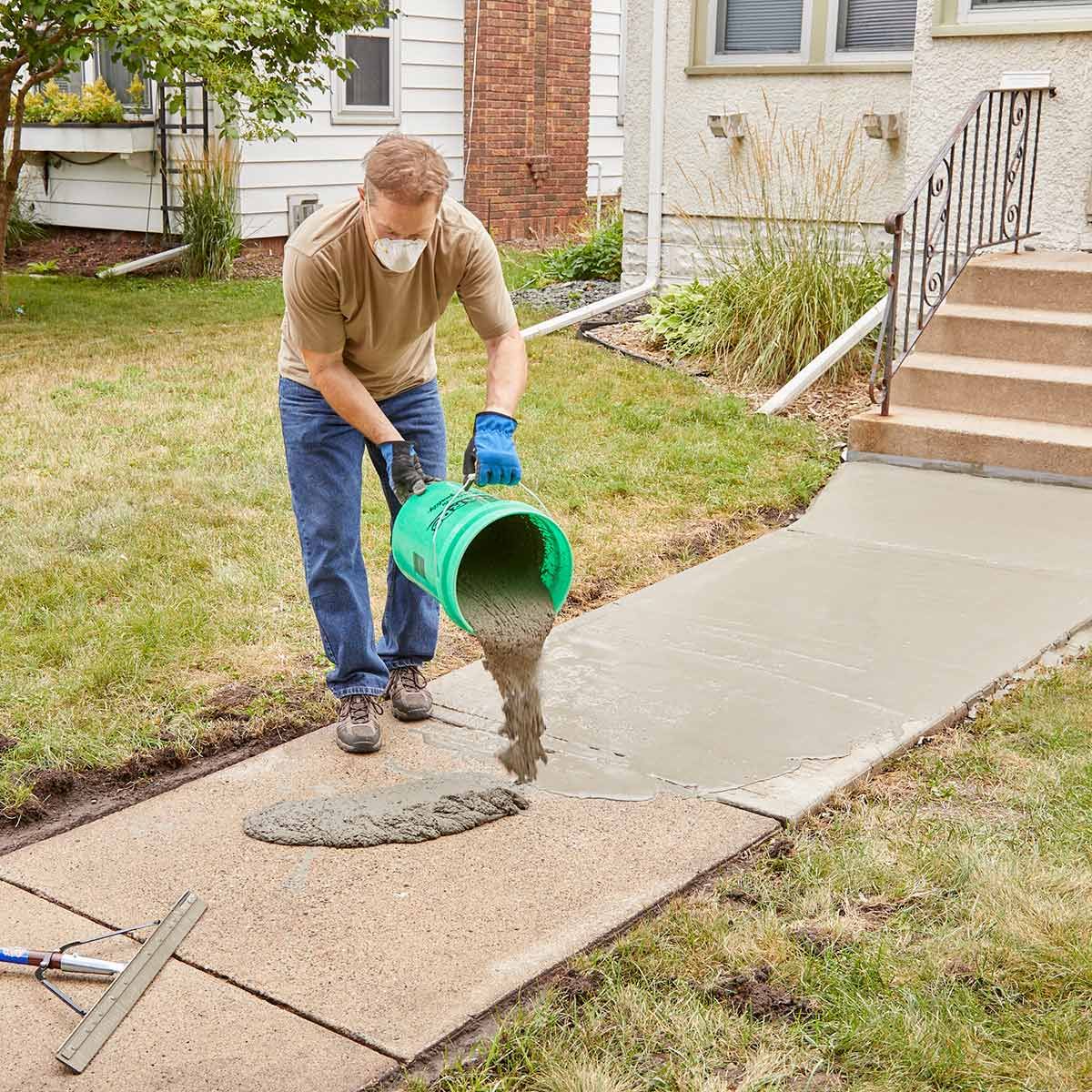
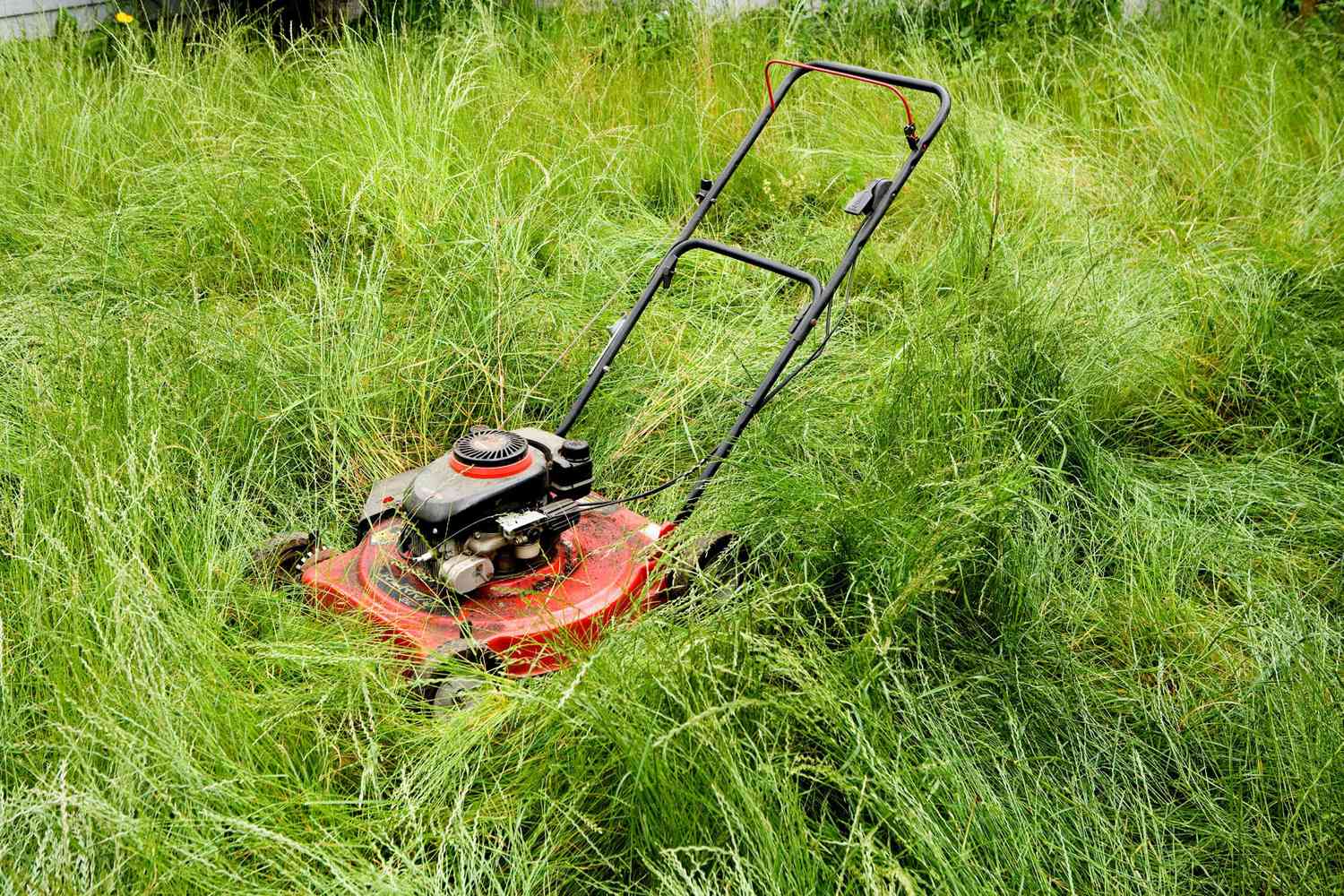
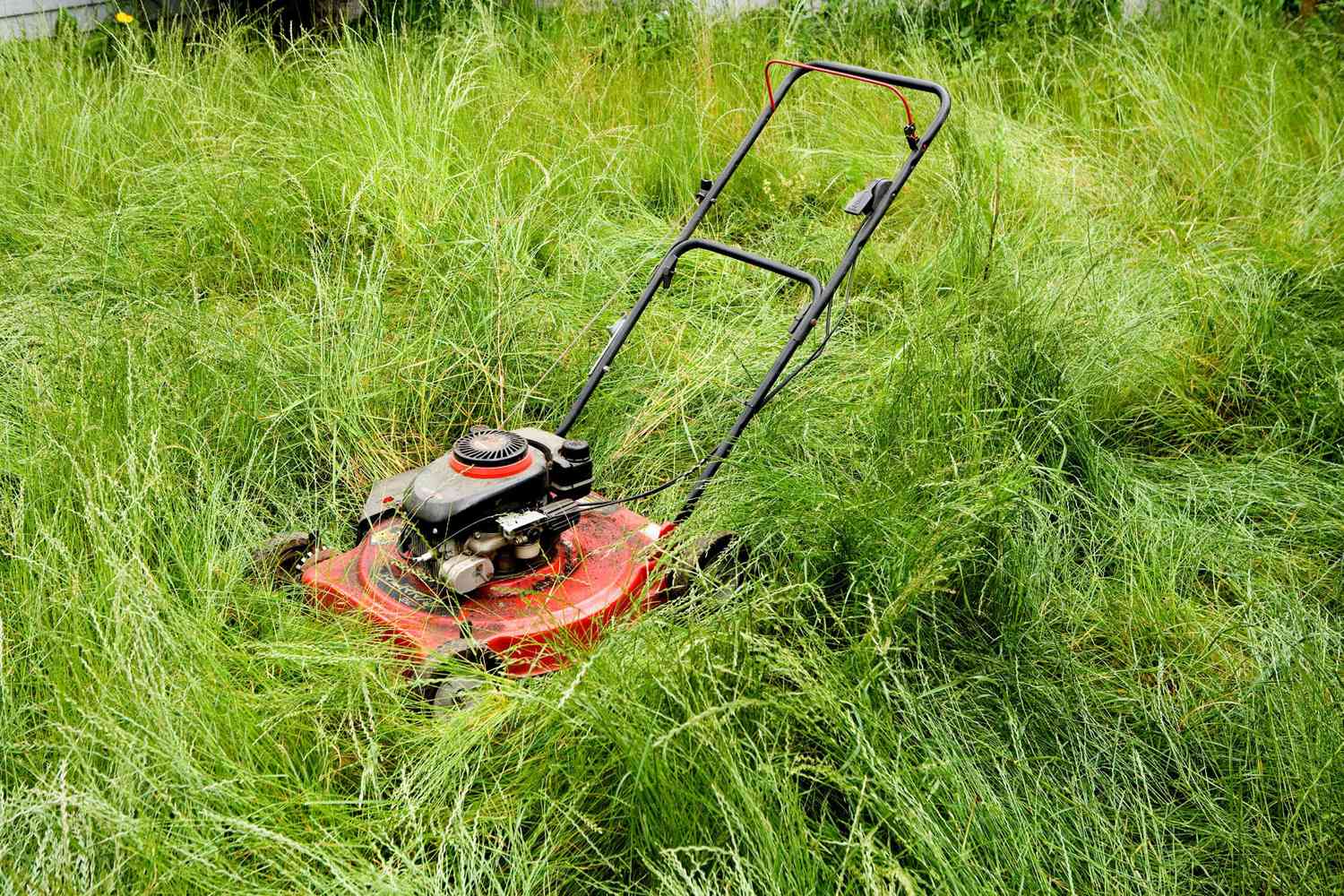
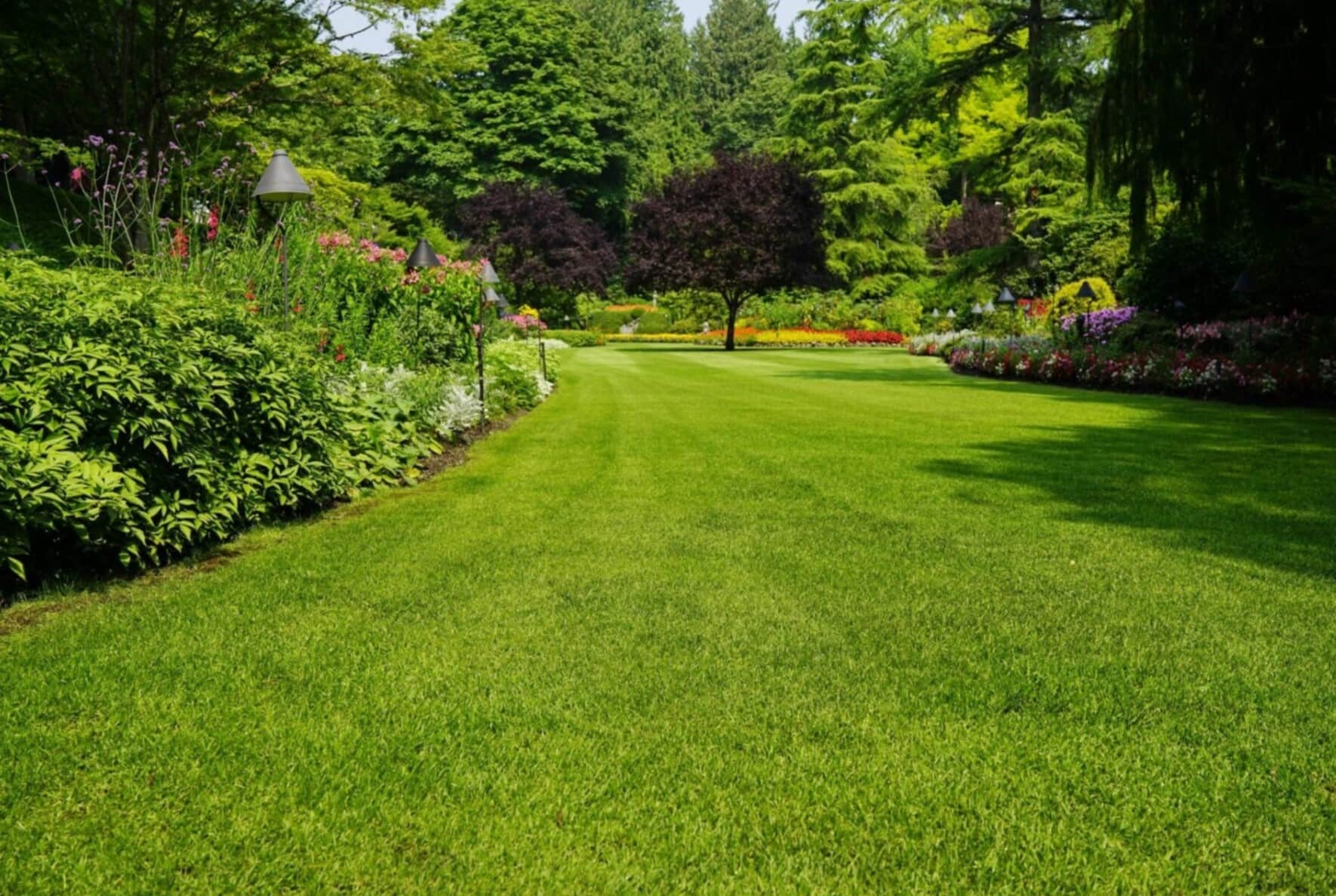
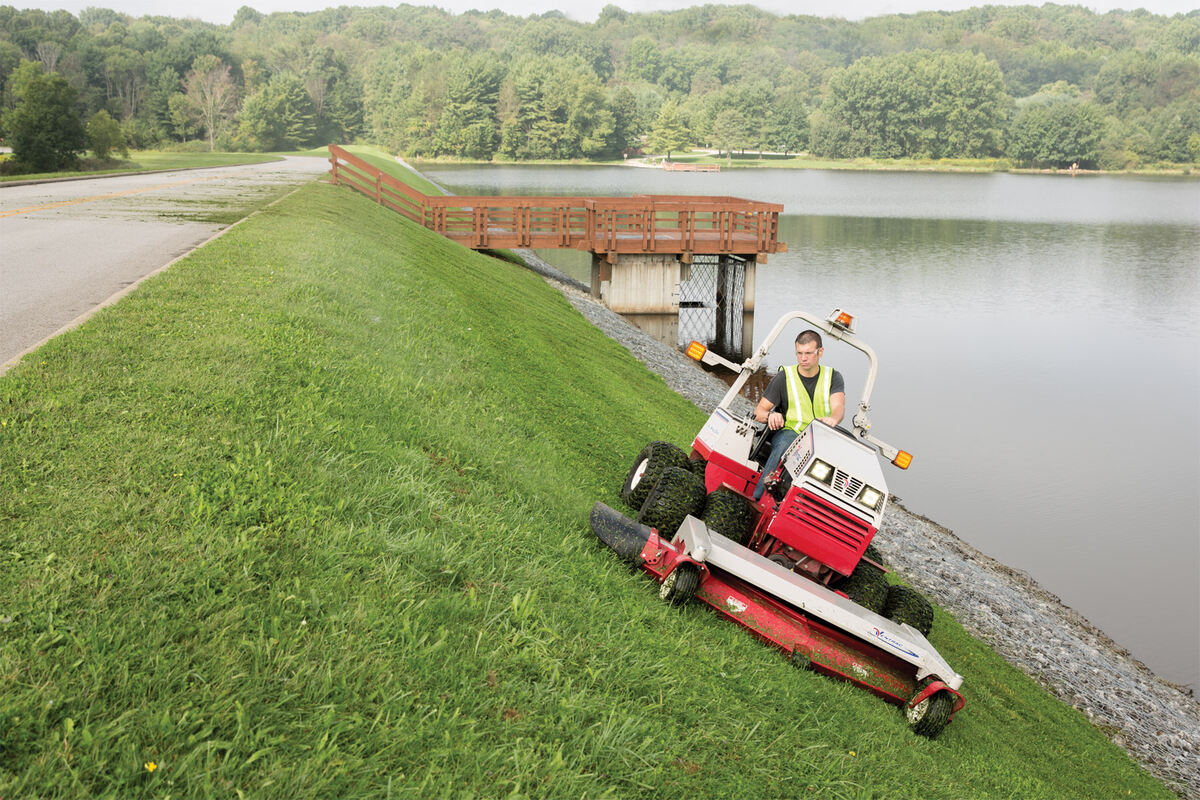
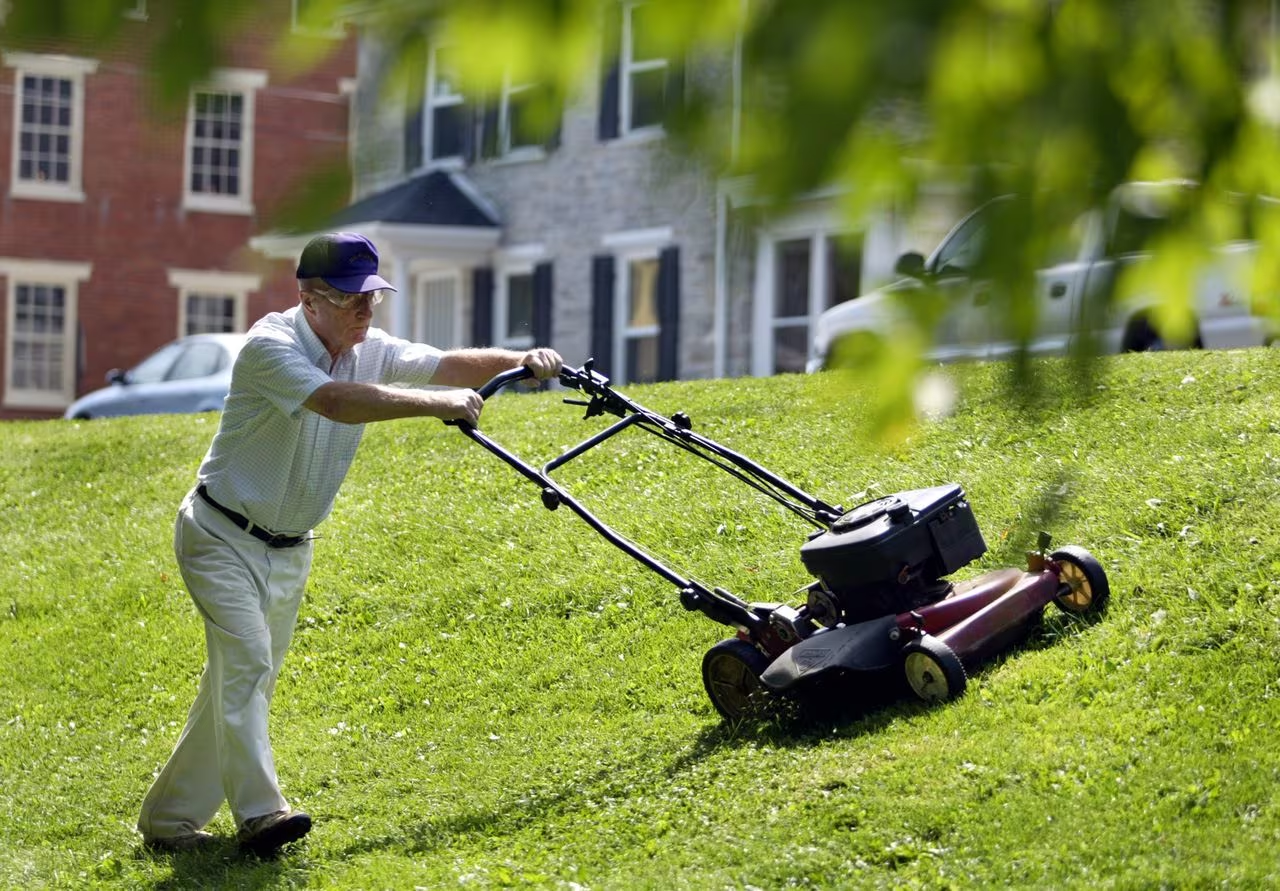
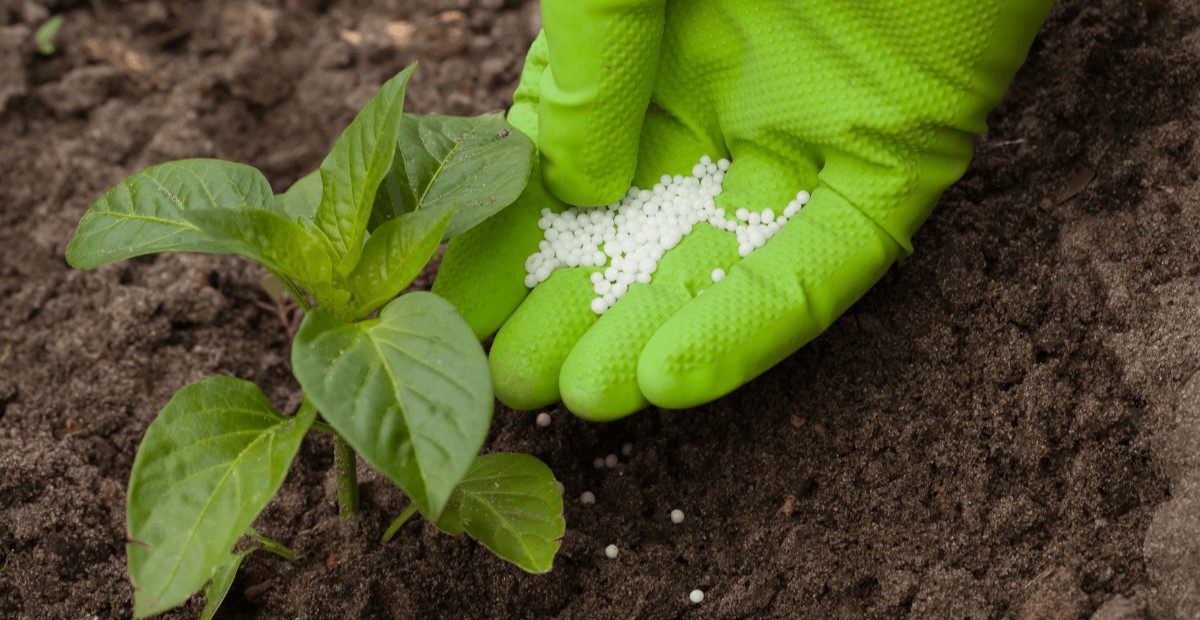
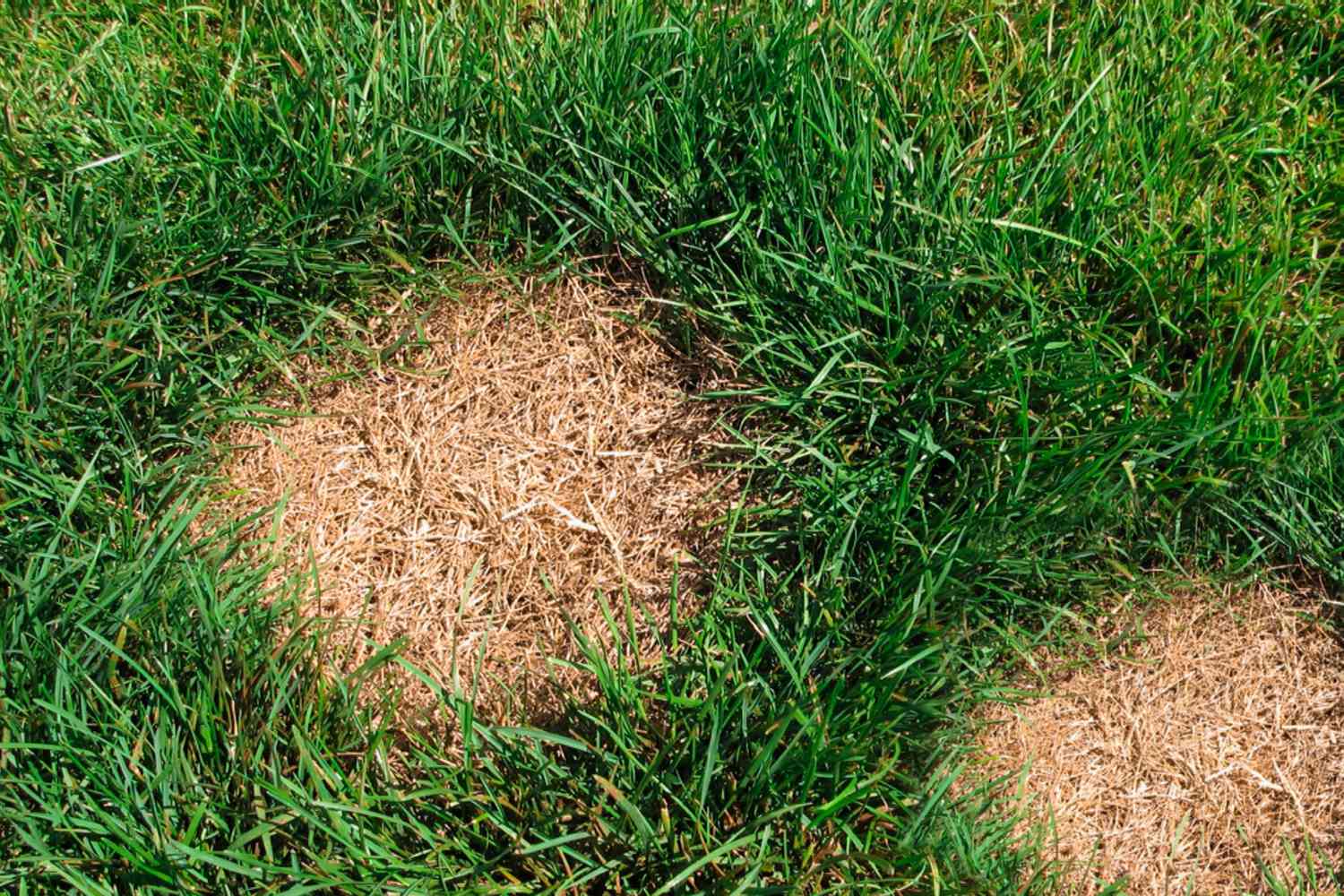
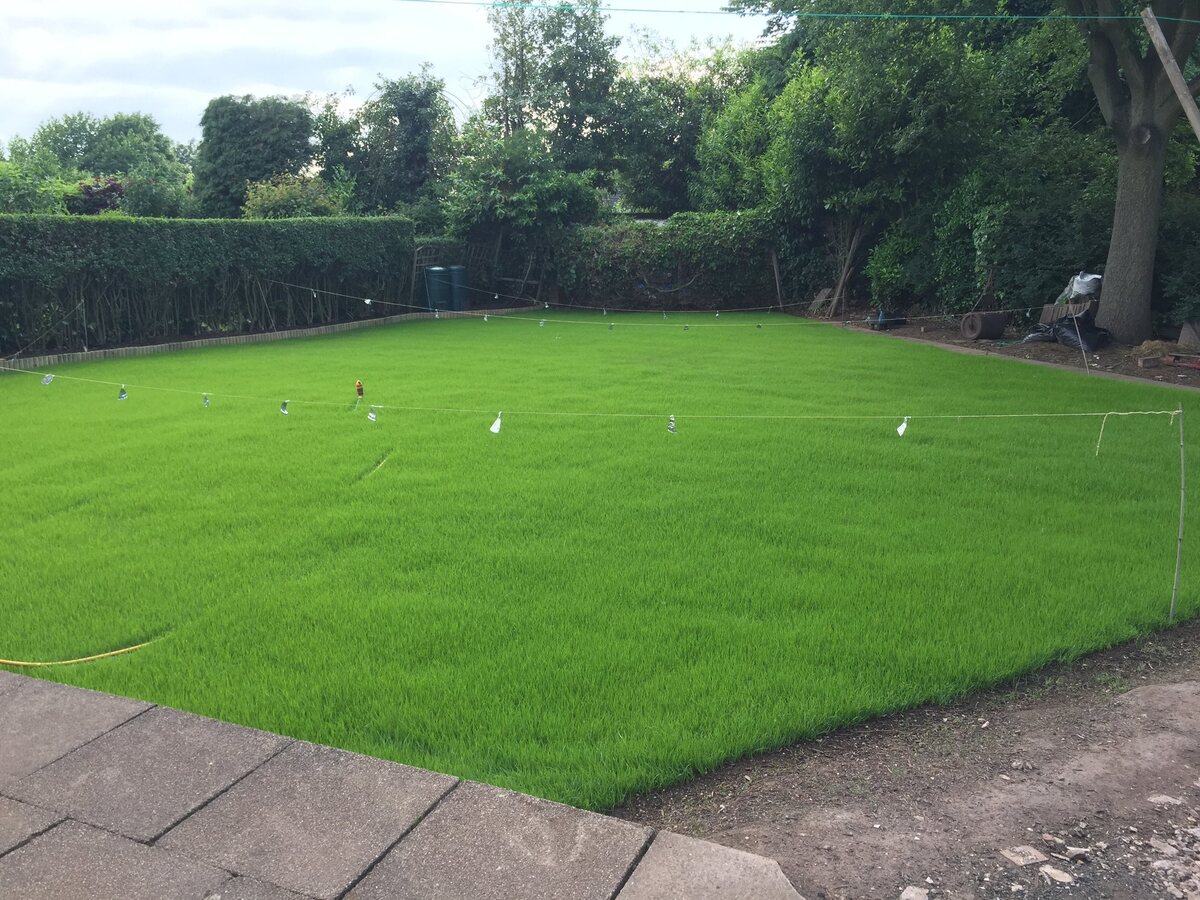
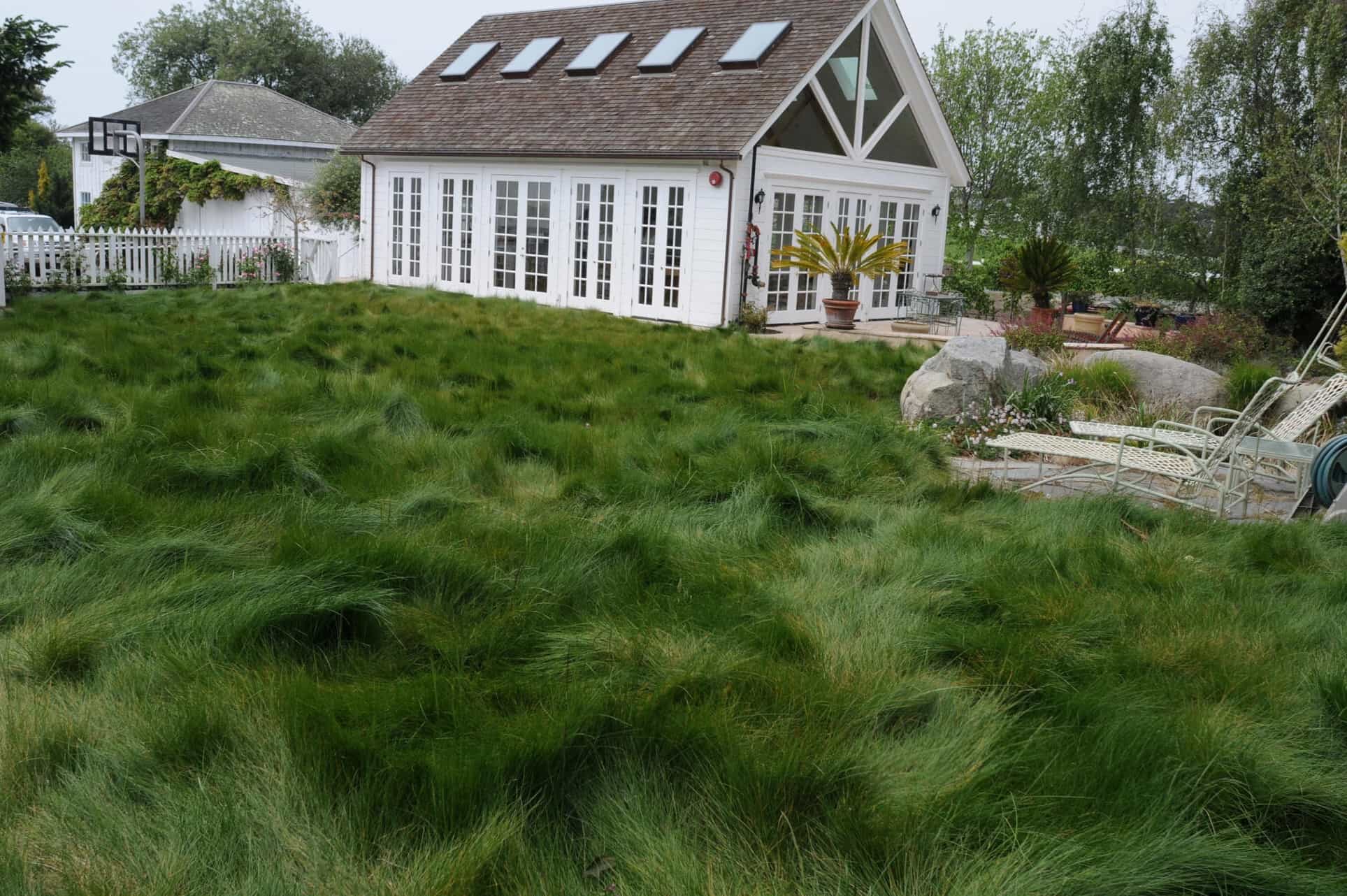
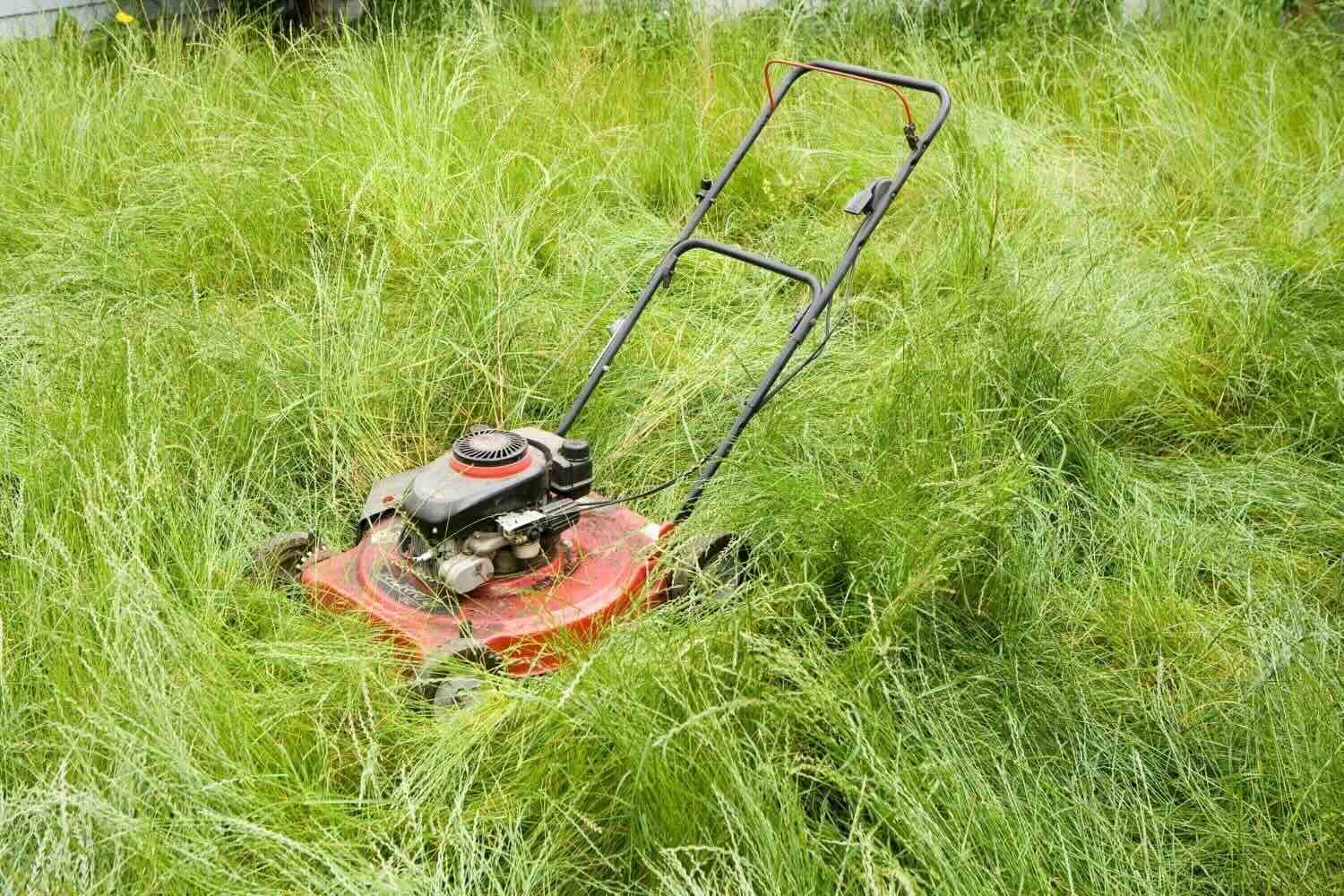


0 thoughts on “How Long To Let New Grass Grow Before Mowing”